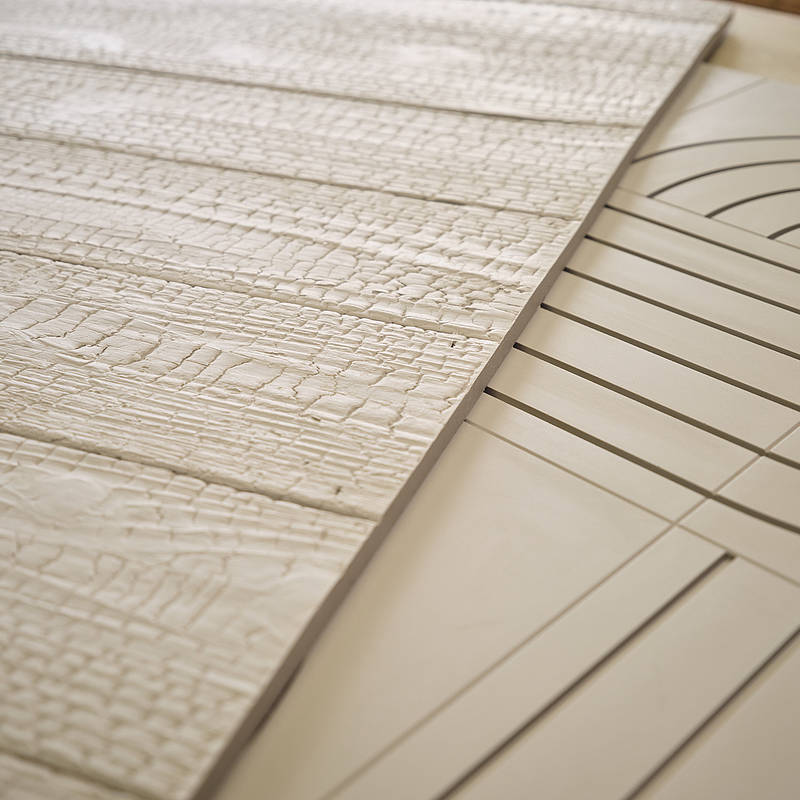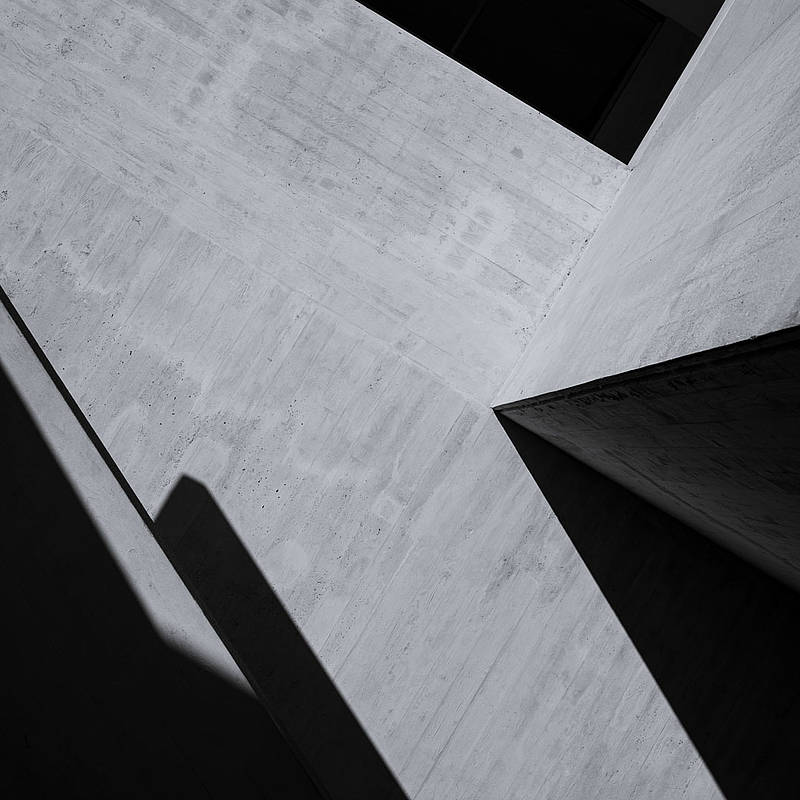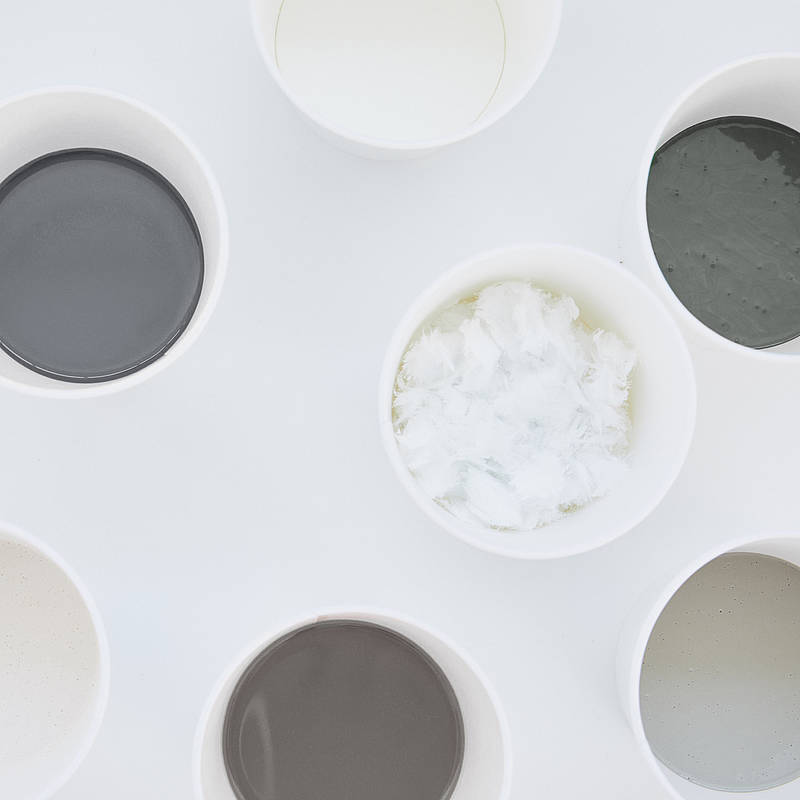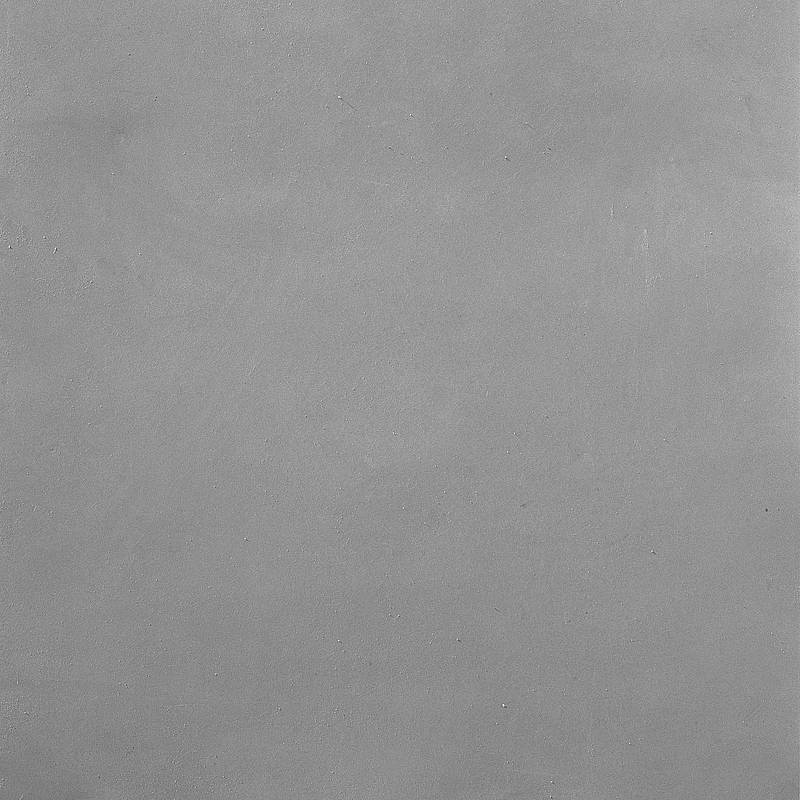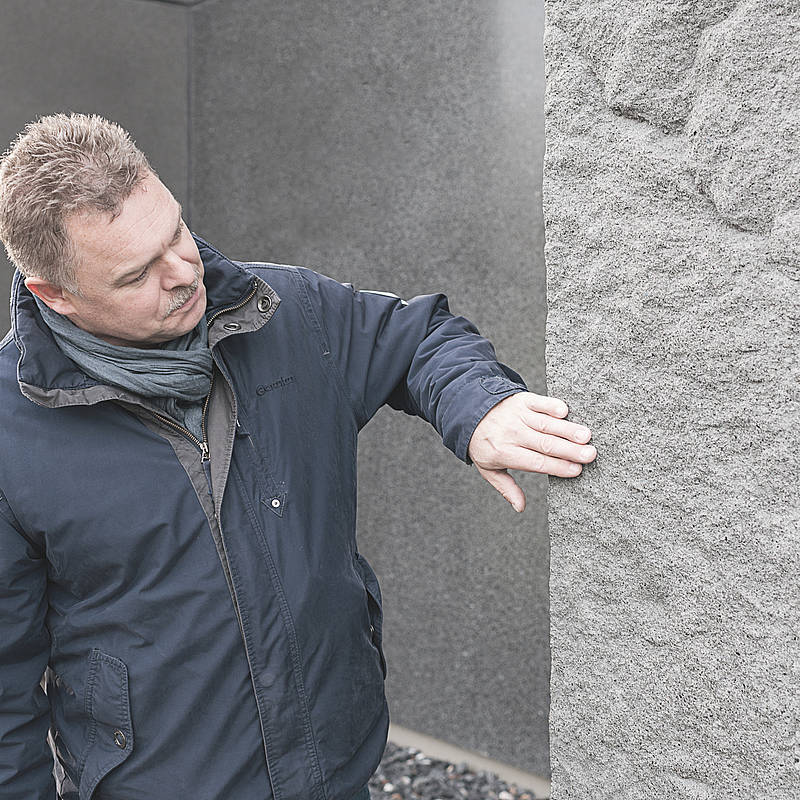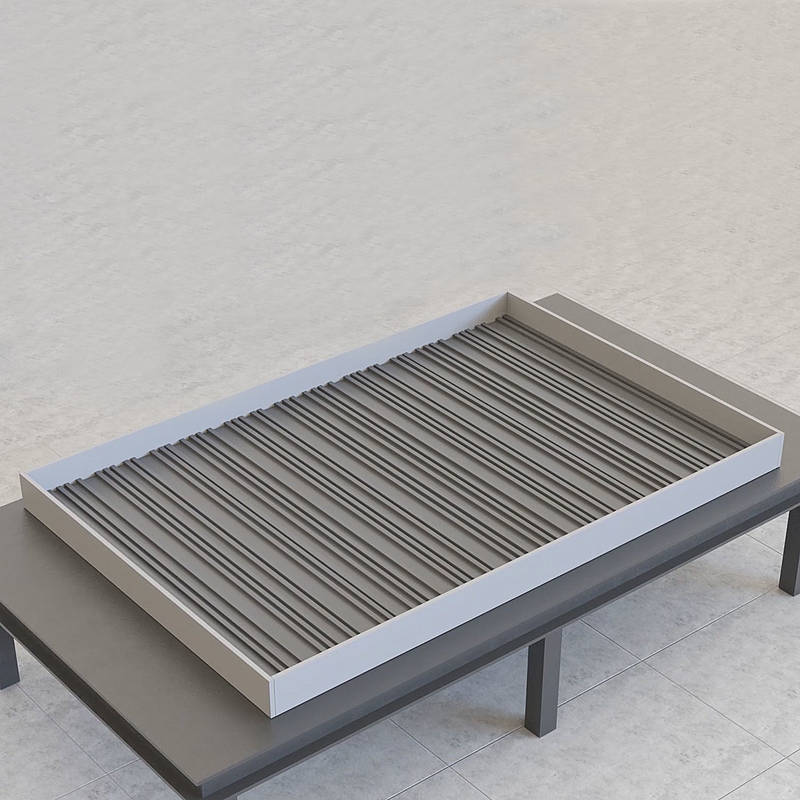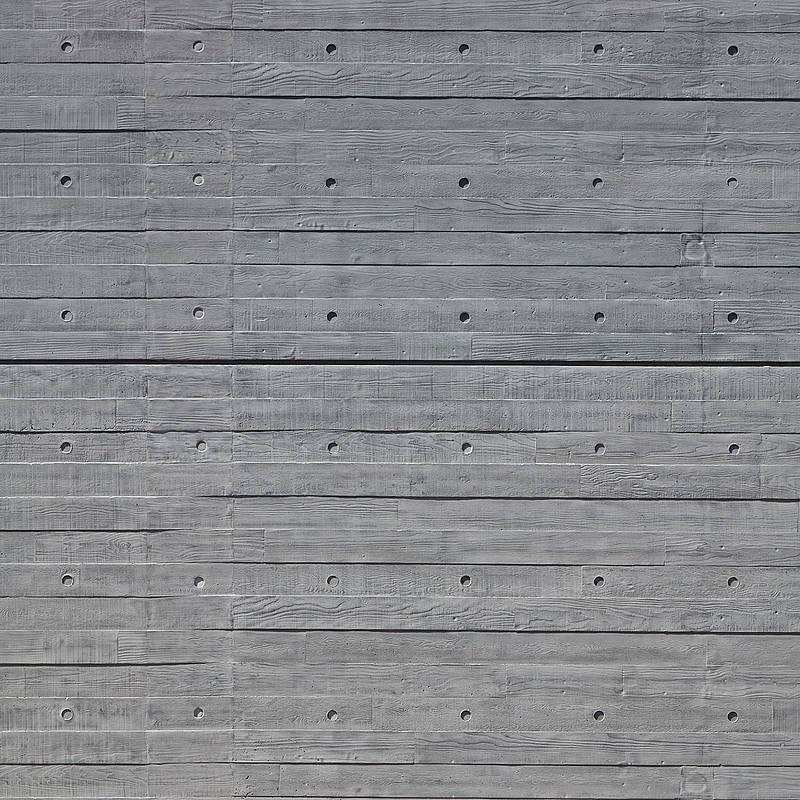The Right Type
Regardless of the area of application, different types of concrete may be suitable for any given construction project. A look at seven types of concrete.
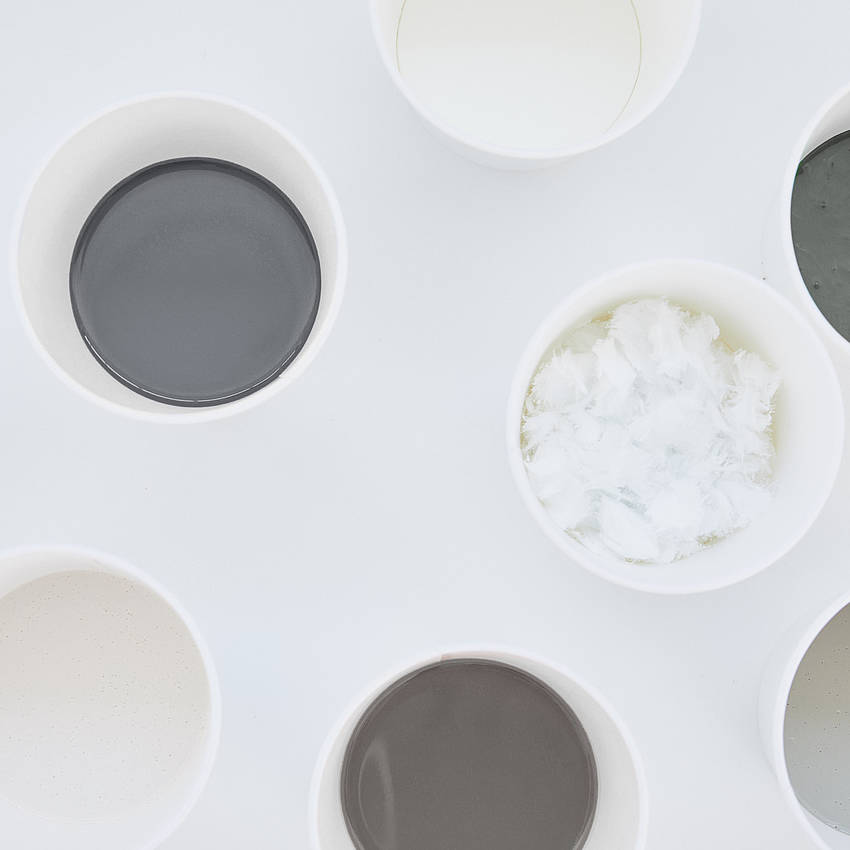
The right type
Concrete is a versatile building material. Different types of concrete can be used depending on the construction project and the area of application. The requirements for the production, application and properties of concrete are regulated in DIN EN 206-1 Concrete: specification, properties, production and conformity . Further regulations can be found in DIN 1045-2 Structures made of concrete, reinforced concrete and prestressed concrete Part 2: Concrete: specification, properties, production and conformity.
Four criteria play a role in choosing the right type of concrete:
- Bulk density
- Compressive strength
- Processing
- Special features
Depending on the bulk density, which can be influenced by the aggregate in the concrete, a distinction is made between lightweight concrete, normal concrete and heavy concrete.
The compressive strength is influenced by the cement strength class and the water-cement ratio and targets the cement hydration that the concrete reaches after 28 days. Finely ground cement provides higher compressive strength in the finished concrete.
If processing is used as a classification, a distinction is made, for example, between precast concrete, in-situ concrete and site concrete.
And with regard to properties, there is screed concrete, spun concrete, aerated concrete, shotcrete and exposed concrete, among others.
The following is a more detailed discussion of some of seven concrete types where Reckli matrices have already been used: Normal concrete, lightweight concrete, infra-lightweight concrete, glass fiber concrete, recycled concrete, cast stone, self-compacting concrete.
Normal concrete is the most commonly used concrete in terms of bulk density. It has a dry bulk density between 2000 kg/m³ and 2600 kg/m³ and compressive strengths from 10 N/mm² to 115 N/mm².
If the bulk density is below 2000 kg/m³, it is called lightweight concrete. The low bulk density is the greatest advantage of lightweight concrete, which, depending on the strength class, achieves considerably less weight. However, some things must be taken into account when using it: Formwork is carried out in the same way as for normal concrete.
Particularly in the case of micro-dense lightweight concrete with grain porosity – i.e. concrete whose lightweight aggregate has a lower strength – care should be taken with a view to consistency when mixing: The light aggregate absorbs water, so tests are necessary in advance for the exact water dosage. Stabilizing admixtures can be mixed into the concrete to prevent separation.
Infra-lightweight concrete combines the properties of a highly heat-insulating lightweight concrete with the look of exposed concrete, opening up new possibilities in construction. Infra-lightweight concrete consists of only one layer and is therefore easier to recycle and is sustainable in this respect. In an experiment at the Technical University of Kaiserslautern, an infra-lightweight concrete was developed from expanded glass and blast furnace cement. It achieved a dry bulk density below 700 kg/m³, a thermal conductivity of λ = 0.15 W/(m K), a compressive strength of 6.3 N/mm² after 28 days and a modulus of elasticity of 3,500 N/mm² after 28 days.
Similar to infra-lightweight concrete, recycled concrete is meant to enable more sustainable and climate-friendly construction. Instead of natural stone or gravel, partially processed construction waste is used in the concrete mix. The construction waste and the aggregate are subject to certain specifications, which are regulated in the DAfStb guideline Concrete according to DIN EN 206-1 and DIN 1045-2 with recycled aggregates according to DIN EN 12620. Recycled concrete can be used easily in most of the components of our usual building construction according to the guideline. The weak point with regard to recycled concrete is currently still its availability: Not every disposal company can process construction waste with the required grain size.
Concretes with a softer consistency are easier to work, and there is less risk of gravel pockets or separation. Here the range extends to self-compacting concrete.
Self-compacting concrete has great flowability and is particularly suitable when concrete cannot be vibrated to compact it. This makes it suitable for use in precast production as well as on the construction site. Compaction eliminates a work step that saves time for everyone involved. While cement content and water-cement ratio are the same for self-compacting concrete, it contains more superplasticizer and fines than normal concrete. Due to its soft consistency and very high powder content, the concrete spreads in the formwork as if by itself. When cured, it produces such a smooth surface that it is also suitable for exposed concrete surfaces. When using self-compacting concrete, it is advisable to work with a concrete technologist to ensure quality assurance.
